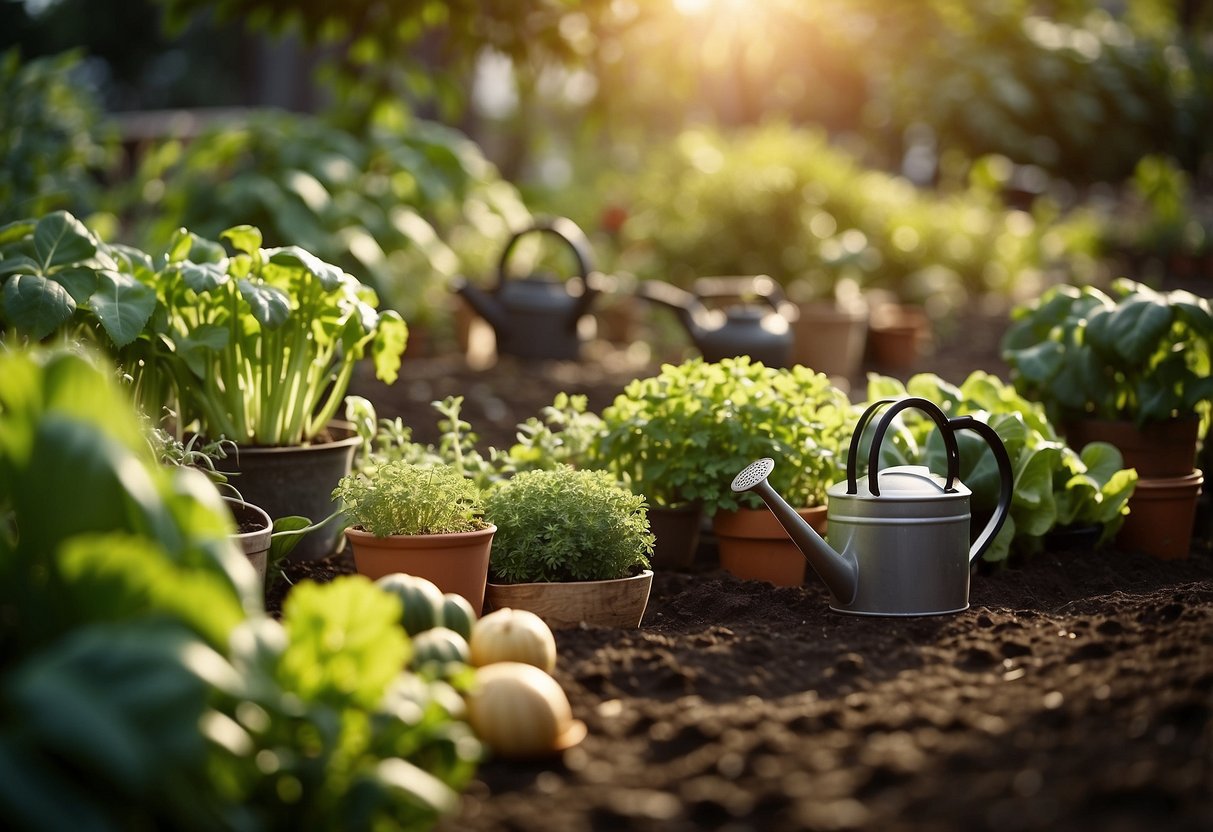
3. Select Suitable Vegetables
Choosing the right vegetables for your garden is crucial. Consider the climate and growing season where you live. Some vegetables thrive in cooler temperatures, while others require heat and longer days to flourish.
Ensure that the vegetables you select match the amount of space you have. For example, corn and pumpkins need a lot of room to grow, whereas herbs and lettuce can thrive in smaller areas or containers.
It’s also important to think about your personal preferences. Grow vegetables that you and your family enjoy eating. This not only ensures the produce gets used but also makes gardening more rewarding.
Finally, consider the maintenance level of different vegetables. Some crops, like tomatoes and peppers, need more care and regular watering. Others, like radishes and beans, are more resilient and easier to manage. Select a mix that aligns with your gardening experience and available time.
Starting with a combination of easier plants and a few challenging ones can provide a satisfying gardening experience for both beginners and more seasoned gardeners.
4. Plan Your Garden Layout
When planning your vegetable garden layout, the first step is to assess the space available. Consider whether you are planting in the ground, using raised beds, or planning container gardens.
Identify areas in your garden that receive ample sunlight, ideally six hours or more daily. Ensure the selected spot is close to a water source for easy irrigation.
Use a piece of paper and a pencil to sketch your garden layout. This allows for easy adjustments as your plan evolves.
Space plants according to their requirements. Tall plants like tomatoes should be placed where they won’t overshadow shorter vegetables. Group plants with similar water and sunlight needs together to simplify maintenance.
Account for pathways between rows or beds to allow easy access for planting, weeding, and harvesting. A well-thought-out layout can also improve air circulation among plants, reducing the risk of disease.
Decide on the planting arrangement. Options include rows, blocks, or even intercropping, where compatible plants are grown together to maximize space.
The garden layout should also adapt to the future growth of plants. Consider the mature size of each vegetable to avoid overcrowding.
Planning beforehand helps in maximizing yield and ensures a pleasant gardening experience.
5. Use Raised Beds for Better Drainage
Raised garden beds are an effective way to improve drainage in your vegetable garden. Raised beds allow water to drain more efficiently compared to traditional ground-level gardens. This is important for preventing waterlogged soil, which can harm plant health.
Soil in raised beds is often looser and less compacted, promoting better root growth. By elevating the garden bed, the risk of soil compaction is greatly reduced, allowing roots to access necessary air and nutrients.
Amending the soil in raised beds with materials like compost and perlite can further enhance drainage. Compost enriches the soil, improving its structure and water-holding capacity while perlite helps prevent water from accumulating excessively.
Additionally, raised beds can be easily modified with mulches. Mulch around the plants can help maintain even moisture levels and prevent the soil from becoming too dry or too saturated. This balance supports optimal plant growth and health.
Including soil amendments like greensand in raised beds can also be beneficial. These amendments improve drainage by enhancing soil composition and adding essential nutrients like iron, potassium, and magnesium, which are vital for plant growth.
Using raised beds provides greater control over the soil conditions in your vegetable garden. This control leads to healthier plants, better yields, and less concern about inconsistent drainage.